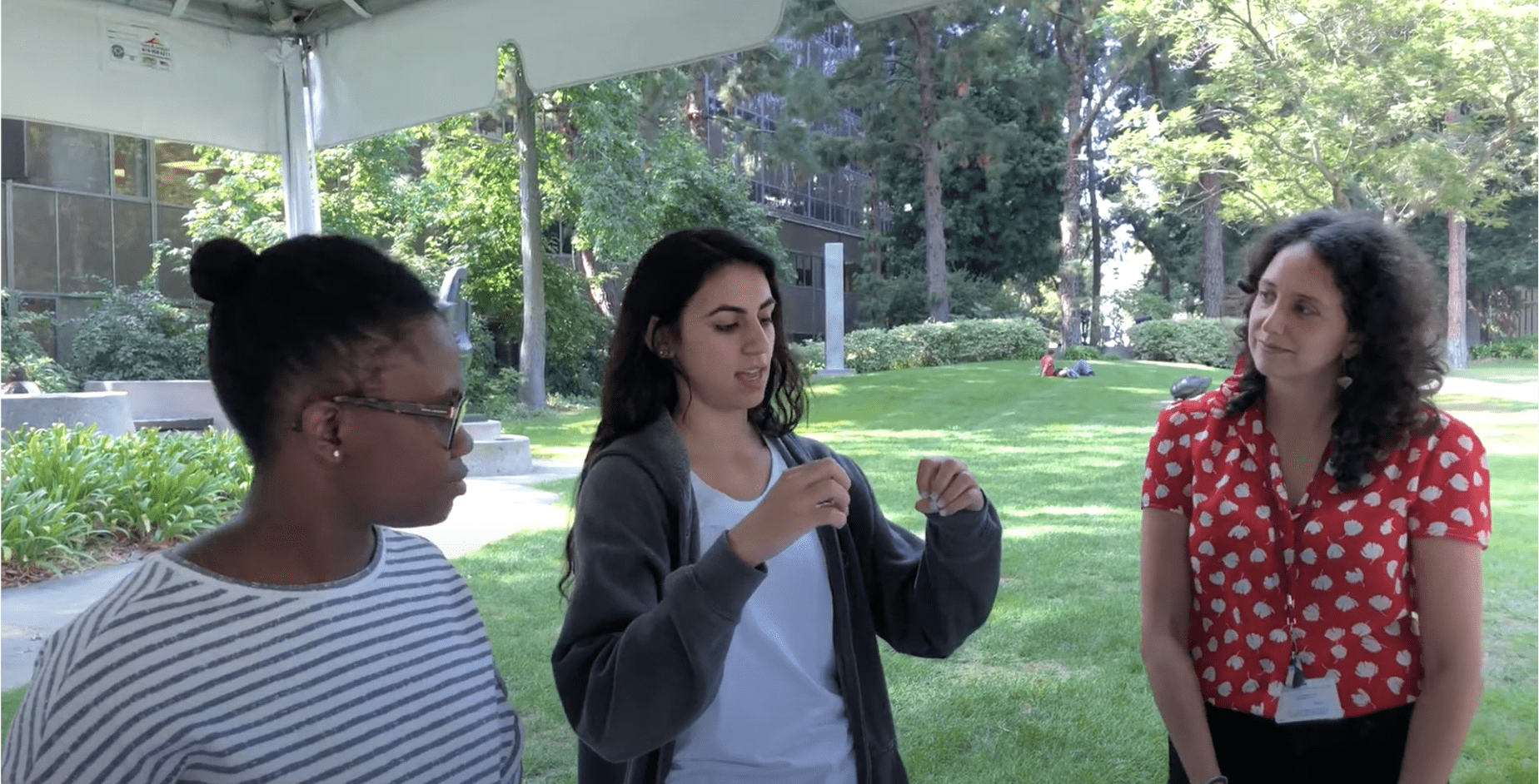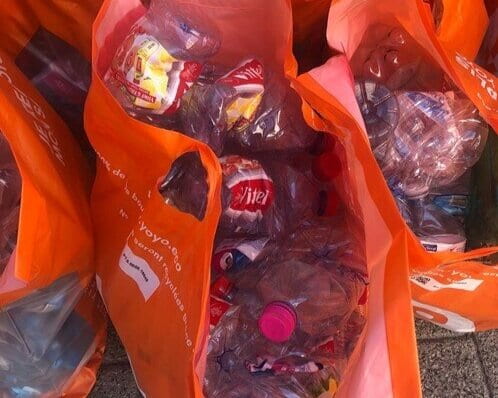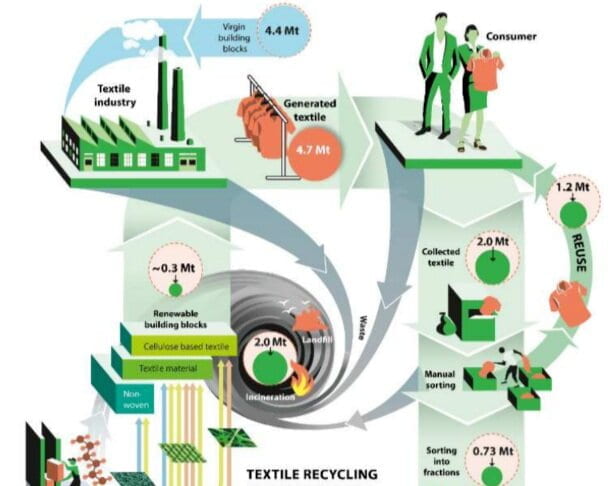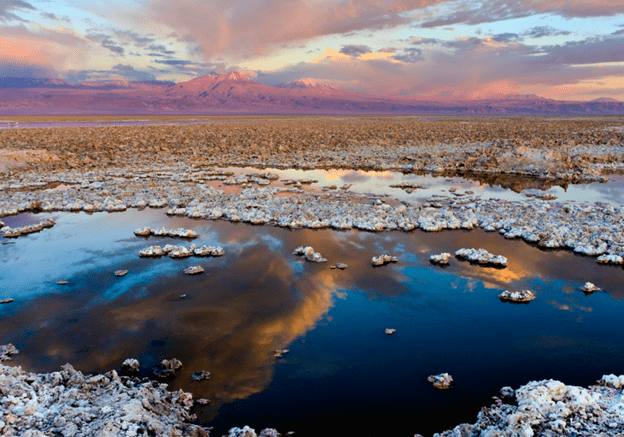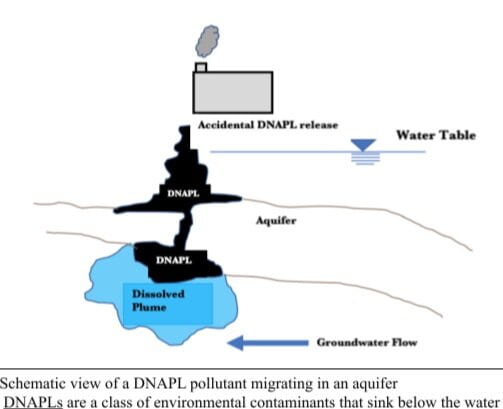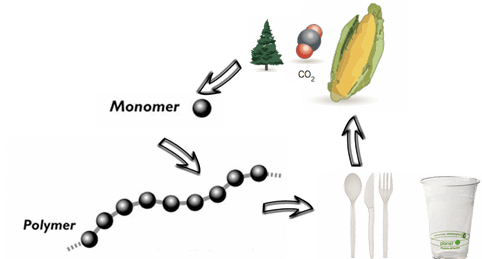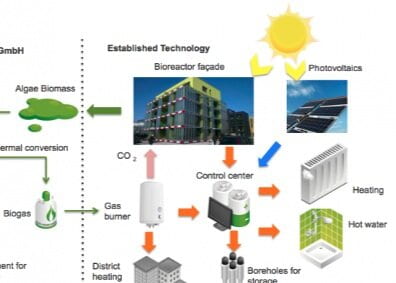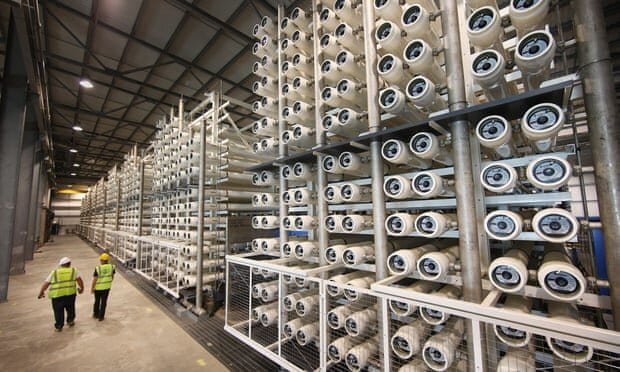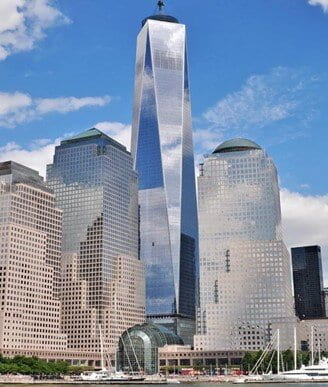Blog
Inspiring Future Scientists of Los Angeles through Nanoscience Education Outreach
As technology advances and the world grows more connected, it is important to provide future generations with an education that includes modern-day scientific advances as well as the opportunity to be immersed in real-world experiences of developing a viable product. At the University of California, Los Angeles (UCLA), the California NanoSystems Institute (CNSI) is trying to do just that through its education outreach program. CNSI Education, with the help of graduate student volunteers from an array of different departments on campus, works directly with teachers and students in the Los Angeles area to enhance the classroom curricula.
Sorting Through Individual Barriers to Recycling
Each year, humans produce a whopping 2.01 billion tons of waste, a number that is expected to dramatically increase by 2050 [1]. Much of that waste is recyclable, yet it is sent to landfills, burned, or otherwise removed from the working economy. This current linear take-make-use-dispose model is both inefficient and relies on the false assumption that virgin environmental materials are unlimited. As such, there has been a significant push over the past decades to transition our economic systems towards a more circular way of using and reusing goods.
Polymer Textile Recycling: Making Fashion More Sustainable
Fast fashion, mass-production of high-fashion designs based on replicating catwalk trends, has quickly attracted consumers’ attention in the past decade due to its low price. While the fashion industry remains the second most polluting in our society, the development of fast fashion brands keeps booming. Meanwhile, environmentalists have realized the urgent need to address the negative impacts of this industry [1]. The overwhelming demand for new clothes accelerated the clothing production and supply chain. The manufacturing process releases pollutants including, but not limited to, heavy metal and pesticides as well as uses excess water and contaminates the soil.
Innovating to Address the Problem of Lithium Extraction: The FEWS Challenge of this Century
We are entering a momentous time in history, a time only comparable to the moment when the steam engine started the industrial revolution: The Electric Vehicle (EV) revolution. As electricity becomes cheaper and battery storage capabilities increase, electric vehicles are starting to compete against fossil fuel cars due, in part, to the low cost to charge them. This is creating extraordinary opportunities such as the increase in the demand for Electric Vehicles. However, this revolution comes with a trade-off: unsustainable mining.
Toxic Tap: The Compound Behind the Deadly Tap Water in California’s San Joaquin Valley
California’s San Joaquin Valley is one of the world’s most productive agricultural regions, providing crops that feed large sectors of the United States. The San Joaquin Valley is also home to some of the most contaminated drinking water in the country, housing about half of all the failing water systems in California [12]. Safe drinking water is considered a human right in California since 2012 and yet, in the San Joaquin Valley, nearly 1 million residents are affected by unsafe drinking water [11]. In some counties, contaminated groundwater is the source of drinking water for 99 percent of the population [12].
The Future of Plastic and Plastic Waste Treatment
Plastic food containers make it possible for restaurants to deliver food to you via DoorDash (an online food ordering company), for example. Moreover, online shopping, where you can almost get anything you want by a click of a fingertip, cannot guarantee a promptly delivered and undamaged package without tons of plastic bubble wrap. Although plastics are now such an indispensable part of our daily lives, we have reached a point where we really need to start thinking about where these substantial amounts of plastic would end up and what is their impact on our environment.
Taking Advantage of Nature’s Solar Panel: Challenges and Opportunities of Biofuels
If you’re a bit of an optimist, you probably believe that at some point in the future, far or near, we’ll live in a world that is carbon neutral. To make this future a reality, there’s one type of energy among the top technologies that is expected to get us there: solar. Indeed, residential and utility scale solar photovoltaic (PV) installations are more prevalent now than ever. Since 1980, the cost per watt of electricity generated via solar PV has dropped from $70 to a mere 36 cents, and it’s still falling; in the last decade alone, cost has decreased by 70% [1,2].
What the Water Keeps
Today, Los Angeles depends on water diverted from the San Joaquin Sacramento River Delta, the Colorado River, and the snowpack in the Eastern Sierras. These are the waters that enabled LA’s existence through feats of engineering. While conservation is always beneficial, LA ‘s move away from diversion requires people to take a step away from these ontological roots. Ideas about what water is good and what water is bad needs to be reframed.
Saving Planet Earth Through Your Window: A Promising Solution
Throughout many civilizations in the past, architects included some sort of opening for natural light to enter. We can see those openings embedded in the pyramids of Egypt, Greek temples in Athens, and in structures of our current times. Marvelous skyscrapers, such as the Burj Khalifa in Dubai-made entirely out of glass- or the One World Trade Center in New York City, are an indication of today’s prosperity and advancement. Glass and windows with enormous skylights and floor-to-ceiling windows in residential apartments are an architectural trend. This unfortunately comes at a great price to our primary home, our planet Earth.

